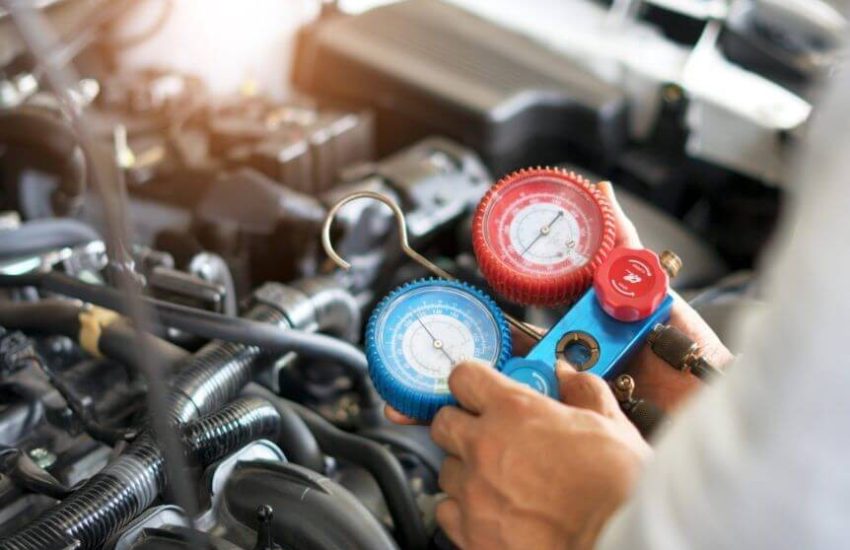How Repair Shops Test Washer Pump Electrics
Repair shops begin with initial system checks. Technicians visually inspect all wiring harnesses. They look for any obvious signs of damage. Melted insulation points to overheating. Fuses are carefully examined for integrity. A blown fuse stops electrical current. Dirty terminals block power flow. Damaged wires also prevent proper operation. The washer pump might hum very softly. This low hum indicates power delivery. An absent hum suggests no power supply. European Auto Repair in Middle River, MD always prioritizes safety. They disconnect the vehicle battery first. This prevents accidental electrical shorts. Safety always comes first for all staff. This careful initial scan saves repair time. It helps locate clear issues fast.
Verifying Power Supply
Next technicians verify the power supply. A versatile multimeter device is essential. It precisely measures electrical voltage levels. Connect one meter lead to the power wire. Connect the other meter lead to a solid ground. The multimeter screen displays a clear voltage reading. This reading confirms power presence at the pump. Low voltage often indicates a circuit issue. Zero voltage means no power flow at all. Technicians also test the crucial ground wire. A very good ground connection is vital. Poor ground significantly affects pump function. This important step identifies specific power problems. It ensures correct voltage reaches the motor.
Checking Circuit Continuity
Repairers next check the circuit continuity. They carefully unplug the main pump connector. This action isolates the pump from the vehicle wiring. A multimeter in continuity mode works best. Touch meter leads to the harness terminals. The meter will beep for a good connection. No beep means an open circuit exists. A broken wire creates an open circuit. Technicians trace the complete wire path. They meticulously check for wire breaks. The washer switch is also thoroughly tested. It sends the initial activation signal. Proper switch function is absolutely vital. This specific test finds hidden wiring faults. It ensures signals reach the pump.
Measuring Pump Resistance
Technicians measure the pump motor resistance. This crucial test checks internal pump health. Disconnect the washer pump completely from power. Use a reliable multimeter in resistance mode. Touch meter leads to the pump terminals. The meter displays clear ohm readings. Compare this reading to specific factory standards. Too high resistance often indicates a problem. It suggests an internal motor winding fault. Too low resistance means a short circuit. This important test reveals concealed motor damage. European Auto Repair in Middle River MD technicians are highly experienced experts. They fully understand motor electrical properties. Proper resistance readings confirm a healthy pump. This precise step isolates actual pump issues.
Direct Pump Activation
Finally technicians perform direct pump activation. They use jumper wires for this setup. Apply direct battery power to the pump. Observe the pump for any immediate operation. The pump should whir to life instantly. Listen for a distinct motor sound. A working pump confirms its internal health. No sound or movement means a faulty pump. This essential test bypasses the vehicle wiring. It isolates the pump itself for testing. This confirms the pump’s mechanical state. If the pump works then vehicle wiring is bad. If the pump fails then the pump itself is bad. This is a crucial final diagnostic step. It pinpoints the exact problem source.



